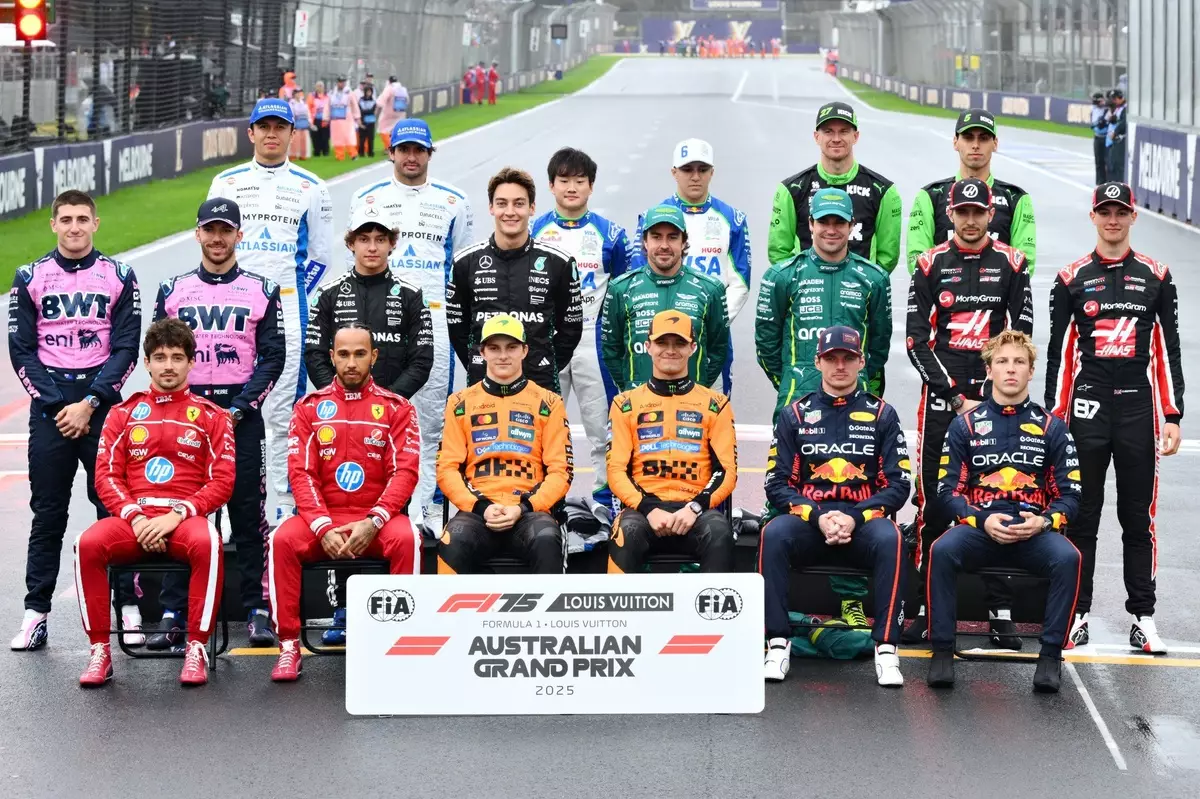As the 2026 racing season approaches, the world of Formula 1 shifts into its familiar “silly season” frenzy—an ongoing saga where driver movements, team strategies, and contract negotiations intertwine with unpredictability and strategic maneuvering. The whispers and rumors swirl with increasing intensity, hinting at seismic shifts that could redefine the sport’s power dynamics. Unlike previous years, the stakes now seem higher, with multi-year contracts, performance clauses, and emerging teams all contributing to an intricate chess game that could reshape the grid forever.
At the heart of this swirling storm lies Max Verstappen, the reigning world champion whose contractual commitments to Red Bull extend until 2028. Yet, beneath the surface, there is a palpable tension. Stories of performance-based clauses in Verstappen’s deal suggest that, despite his dominance in 2026, not all contractual milestones have been met. This clandestine negotiation space means the Dutchman’s future remains deliberately open, pending how the remainder of the season unfolds. Verstappen’s perceived position as the undisputed top dog within Red Bull amplifies this tension, but recent leadership shakeups, notably Christian Horner’s departure as team principal, add an additional layer of uncertainty.
This context sparks predictions about Verstappen’s potential moves, particularly toward teams run by or associated with the most competitive machinery. Mercedes, long an aspirational destination for Verstappen given Toto Wolff’s overt admiration, could emerge as a logical landing point if Red Bull’s internal turbulence and performance doubts intensify. The possibility of Verstappen teaming with Lewis Hamilton or George Russell—who himself is yet to secure a renewal beyond 2023—only fuels speculation. If Russell’s contract negotiations stall, his options could be limited, potentially prompting him to seek opportunities elsewhere, possibly even at Aston Martin or Ferrari, both of which are ramping up their 2026 preparations. The looming absence of clarity regarding Mercedes’ young talent Kimi Antonelli, whose form has yet to stabilize, further complicates the team’s strategic planning.
Meanwhile, the second seat at Red Bull stands as an open battlefield. Yuki Tsunoda’s contract expiration, coupled with Isack Hadjar’s impressive performances at the junior level, makes for compelling narratives about the future lineup. Could a rising talent like Hadjar earn a shot alongside Verstappen, or will the team look outside its current ranks? These decisions are not just about driver talent but also about team chemistry, branding, and the ability to support the Dutch champion’s quest for further titles.
The Domino Effect: How New Teams and Emerging Talent Will Shape the Future
Beyond the established teams, a new powerhouse is preparing to enter the grid: Cadillac’s ambitious entry into F1. Backed by GM’s vast resources, Cadillac’s arrival adds a layer of complexity—an element of raw financial power competing with the traditional racing aristocrats. While the team is unlikely to attract current top-tier drivers who are under contract with existing teams, their strategy hinges on assembling a competitive roster from the ground up. Rumors already link Sergio Perez to the project, a rider with experience and a proven ability to perform under pressure. Valtteri Bottas, with his steady consistency, is also frequently cited as a possible signing, offering a seasoned hand to help shape Cadillac’s inaugural campaign.
Meanwhile, drivers like Mick Schumacher, Zhou Guanyu, and American prodigy Jak Crawford are nervously watching these developments, knowing that their futures may hang in the balance of team decisions and strategic positioning. For rookies and seasoned veterans alike, 2026 represents a rare opportunity—a chance to join a fresh team with potentially less internal competition but higher expectations.
Simultaneously, other established names such as Fernando Alonso and Carlos Sainz face their own uncertainties. Alonso’s raconteur charm and experience make him a magnet for teams seeking proven performance, yet age and evolving team philosophies might influence his next move. Sainz’s position at Ferrari, especially in light of recent team struggles, remains delicate, with potential shifts in driver line-ups being discussed behind closed doors.
As the sport’s landscape shifts, the tension lies not only in where drivers will land but also in who will be the strategic architects behind these decisions. Each move, each contract renewal, and each performance milestone could have cascading effects, fundamentally altering the competitive balance of F1’s future. In this high-stakes game of chess, patience, performance, and political acumen will determine who emerges victorious, as Formula 1 prepares to unveil its 2026 grid—an ensemble of new ambitions, emerging talents, and relentless pursuit of greatness.

